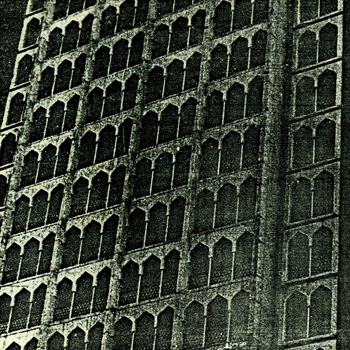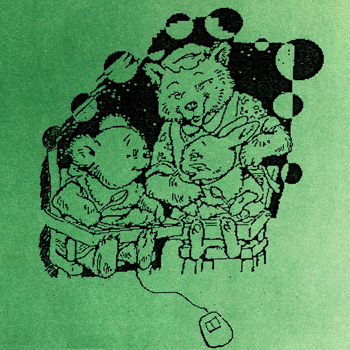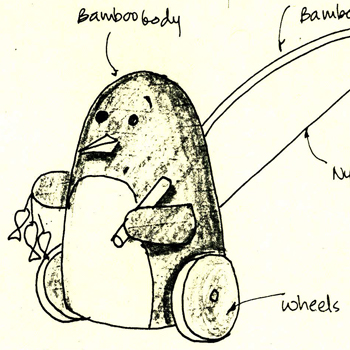Communication Design
Batch 1992-1994
(6 items)
Communication DesignBatch 1992-1994
(6 items)
(6 items)
by Julie R Leonard
by Neelesh Kale
by S. V. Neelakantan
by Sachin Paliwal
by Somedh Sharma
A shop is fundamentally a simple thing. It has always consisted of a shelter with an entrance front used to advertise and display the business within, a sales room where customers can inspect and buy the goods stored there by the merchant, and a service entrance for incoming and outgoing merchandise. The test of its functional fitness is how well it integrates these three basic requirements.
Here we discuss the various aspects of the shopfront, dealing with the shop signs and the window display of the shop. As a designer, the factors that are taken into consideration while designing a shop facade are briefly covered in this report, which is mainly a photo documentation of shop signs covering shops in various areas of Bombay and Pune.
by Varsha Sathye
Jalis, three dimentional lattice screens. These screens make interesting surface patterns. It was Islamic architecture that gave birth to jalis. After the eleventh century, when Muslims came to India, some of the most beautiful monuments were constructed with excellent jail patterns, which decorated the surface beauty of the monuments. For example, the tomb of Salim Chisti in Fatehpur Sikri.
Jalis are part of an architectural decoration. The formulation of patterns in the jalis is mathematically calculated considering the different angles, degrees, and symmetry. The basic geometric forms seen in the construction of a jail pattern are a square, a circle, and a triangle. A subdivision of any of these can give us other geometric patterns like a pentagon, a hexagon, an octagon, and so on, as well as a rhombus, triangles, etc. Animal motif and foliage patterns abound, but numerous are still repetitions of abstract forms—circles, crescents, rectangles, and arrangements of stripes and lines.





